2 mixed-use projects replacing aging Santa Ana shopping centers could be path forward
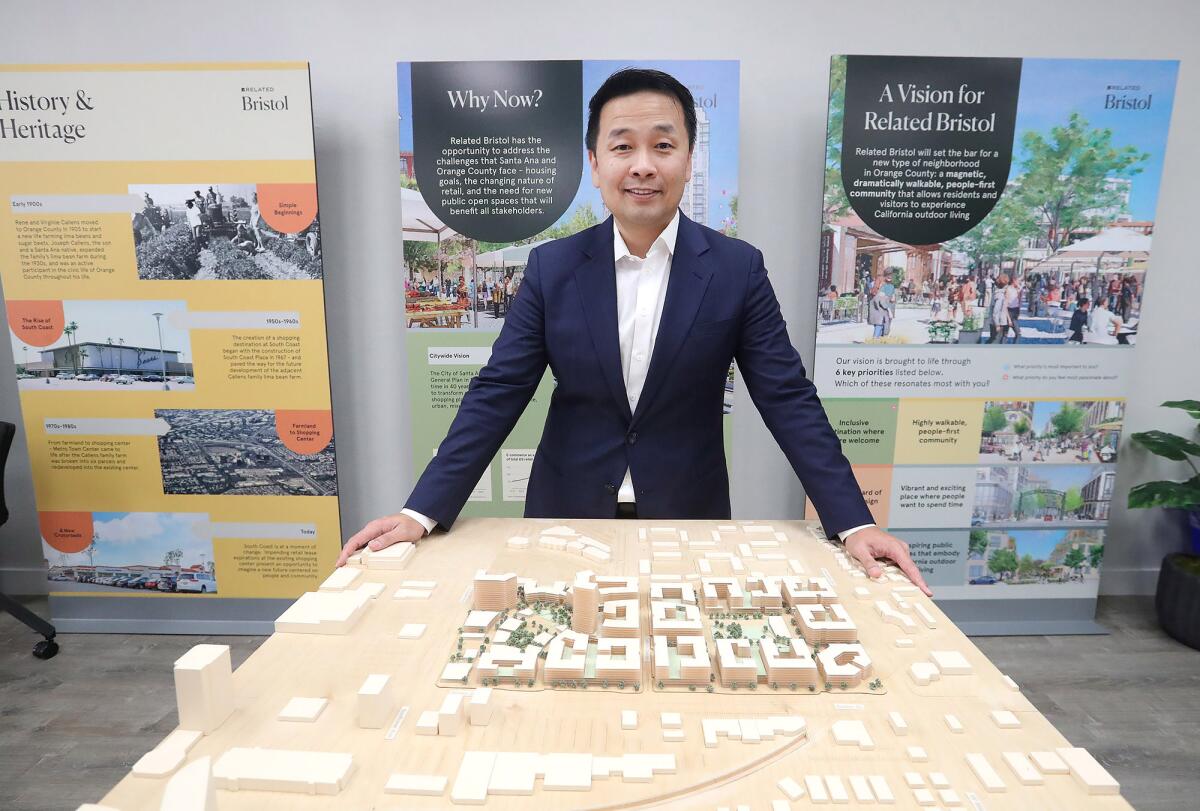
- Share via
As cities struggle to plan for and produce housing amid a statewide crisis, Santa Ana officials are working with developers on two projects that could transform nearly 60 acres of underutilized retail space into a thriving residential and commercial center.
Plans are in the works for two adjacent mixed-use developments — Related Bristol and the Village Santa Ana — which could bring a combined 5,333 units of housing, along with more than 16 acres of open space and nearly as much commercial and office space, a hotel and senior care center to the southern end of the city.
The move, made possible by a number of recent amendments to Santa Ana’s general plan, would revitalize an area just west of Bristol Street, between MacArthur Boulevard and Sunflower Avenue, occupied by two aging shopping centers that represent a bygone era of economic development.
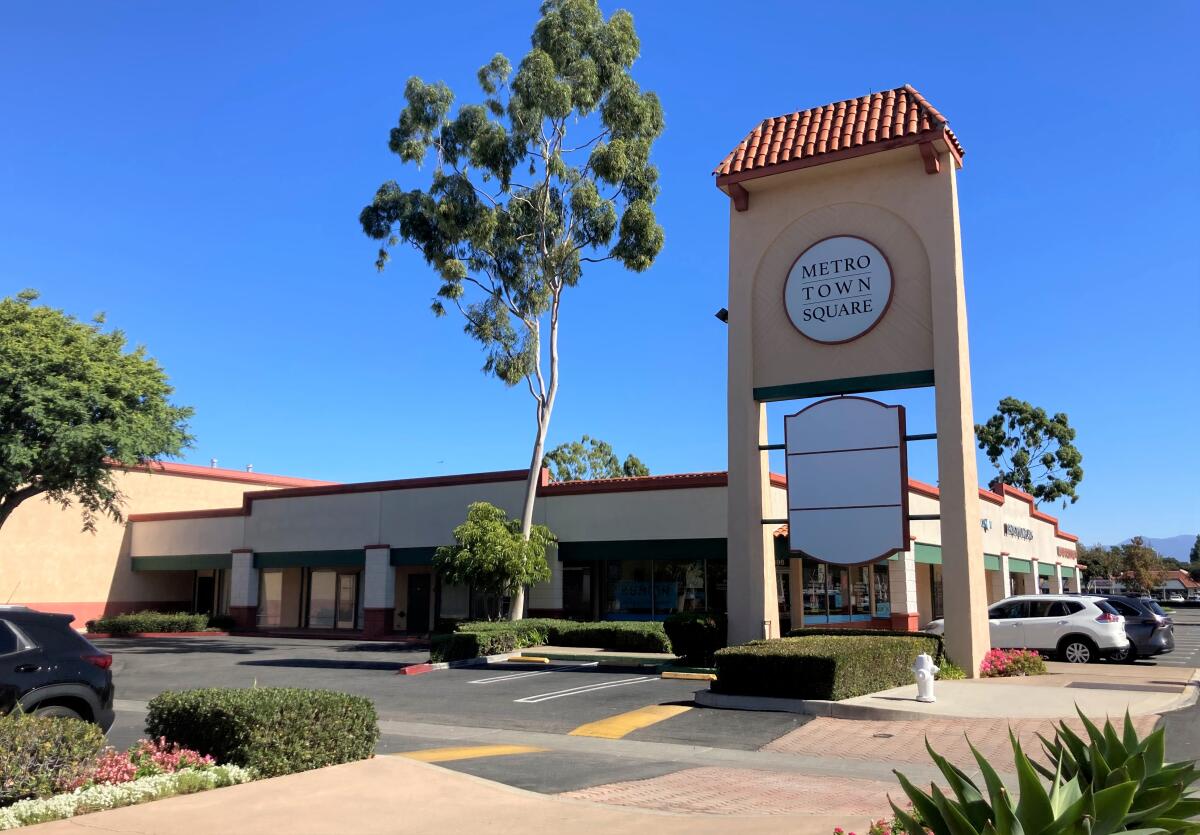
Metro Town Square and South Coast Plaza Village were anchored by large occupants like Bed, Bath and Beyond, which has since filed for bankruptcy and pulled out of the complex, and the Orange County Museum of Art, which relocated to Costa Mesa last year.
The centers are tailored to service-based businesses like nail salons, dry cleaners and tutoring centers. They lie in stark contrast to South Coast Plaza, whose vast acreage begins just one block to the south across the border between Santa Ana and Costa Mesa.
Minh Thai, Santa Ana’s executive director of planning and building, said the city amended its general plan in 2022 to widen development opportunities in that part of town. Consequently, the South Bristol area now allows for 25-story buildings and up to 125 residential units per acre.
“The goal of the general plan for the South Bristol area is to focus on capitalizing on the success of the South Coast Metro Area by introducing mixed-use villages,” Thai said, describing places that offer living, retail and entertainment opportunities along with green space.
“Not only does it make good planning sense to concentrate different types of uses within a closer area, it also, from our perspective, helps the city direct growth to where growth is desired and can be accommodated.”
The projects will provide needed housing in Orange County, where several municipalities — like neighboring Costa Mesa — despite their proximity to local coastlines, major freeways and John Wayne Airport, have struggled to realize significant growth in recent years.
Experiential living

Inside a glass-fronted storefront of Metro Town Square, a shopping center located at 3600 S. Bristol Street and dominated by businesses that these days don’t seem to attract the same foot traffic as when the plaza was built in 1971, a vision of the property’s future is on public display.
Related California, an Irvine-based developer that began building affordable housing projects 34 years ago and has since developed 19,500 residential units statewide, now uses the storefront as an outreach center for the Related Bristol project.
Executive Vice President Steven Oh estimates his firm has held more than 200 public meetings there. A website translated into four languages has collected some 1,350 comments from constituents.
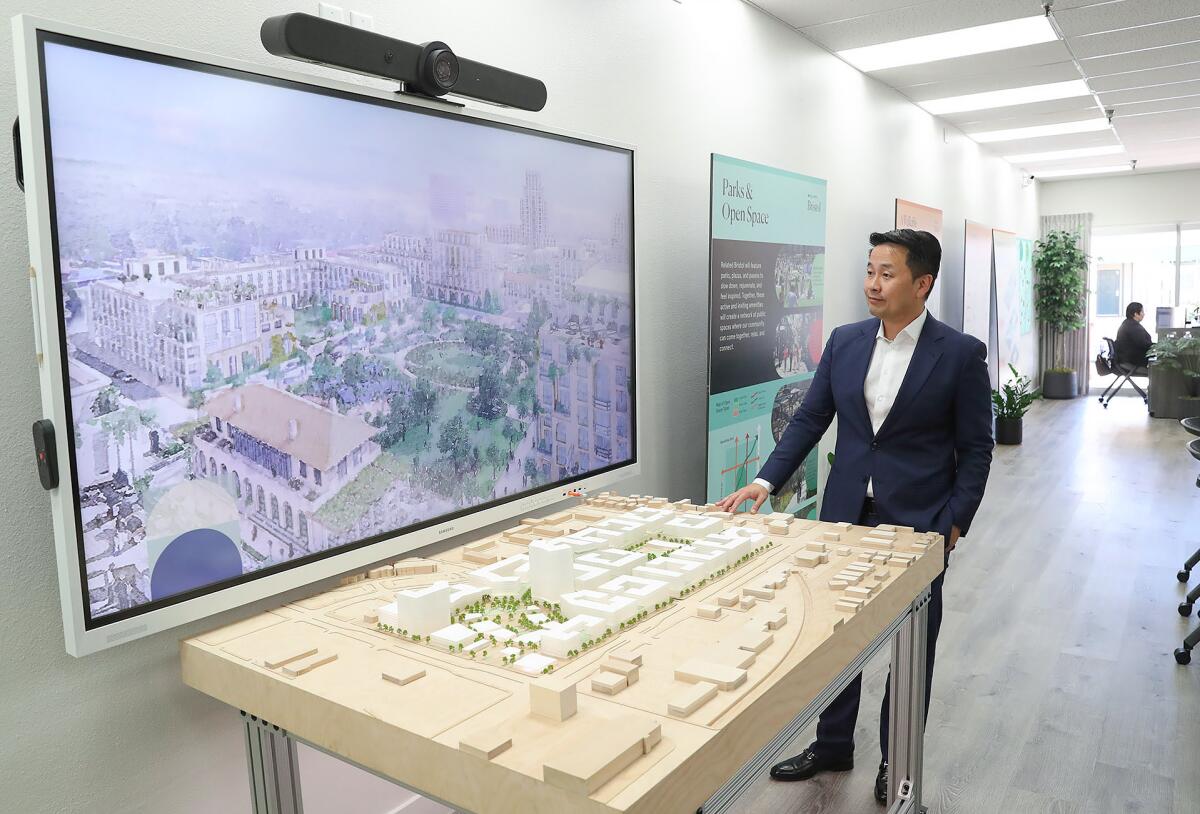
“One of our first objectives was to share the vision of the project, given its scale and magnitude,” Oh said during a recent visit to the site. “Change is coming to this center, one way or another — the status quo is no longer an option.”
Related plans include building up to 3,750 residential units on the 41-acre parcel, where Metro Towne Center tenants currently operate under a master lease due to expire in 2025.
The property owners are the descendants of Joseph Callens, a lima bean and sugar beet farmer who served as Fountain Valley’s second mayor and held onto the land he once worked before passing in 2001.
Oh said the Callens family, knowing the site’s master lease would soon expire, sought out a developer capable of creating a legacy project it would operate for 99 years before handing it back to family members. Related Bristol was the end result.
Anticipated to be fully built as soon as 2036, it comprises a variety of living scenarios set among commercial and open space, according to a proposal submitted to the city of Santa Ana in August 2022.
The southern end of the property would accommodate a 250-room hotel, a senior tower that would provide independent and assisted living for more than 200 residents and retail areas situated around an outdoor plaza.
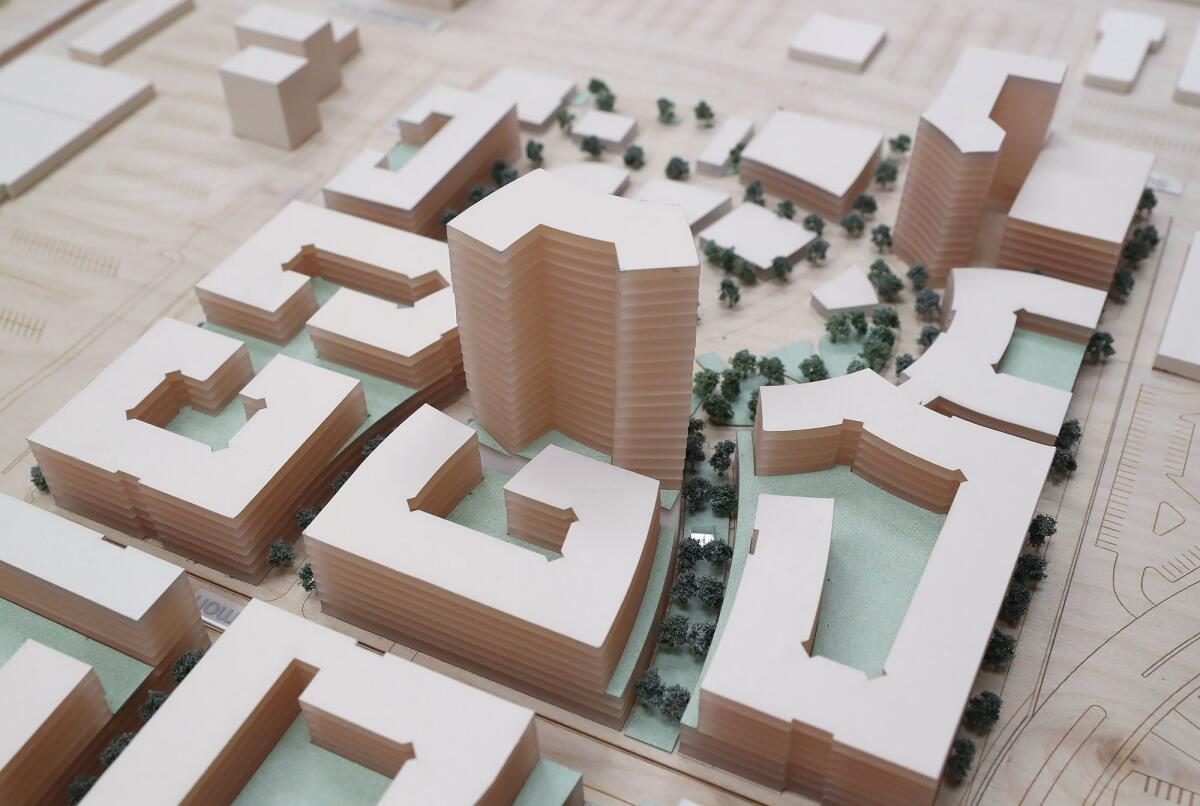
To the north, residential uses would predominate with up to 6,520 subterranean parking spaces allowing for green areas and walking trails above ground. The design reflects a shift away from a car-centric model of living, working and shopping.
“These big-box malls are simply not doing what they were designed to do in the 1970s,” Oh said. “The consumer preferences of how we interact with retail is changing in a significant way. There is a greater demand, quite frankly, for experiential retail.”
The Village Santa Ana, proposed for a parcel to the east of Related Bristol on the northeast corner of Bear Street and Sunflower Avenue, aims to offer a similar kind of life-work-play dynamic, according to plans submitted to the city in August.
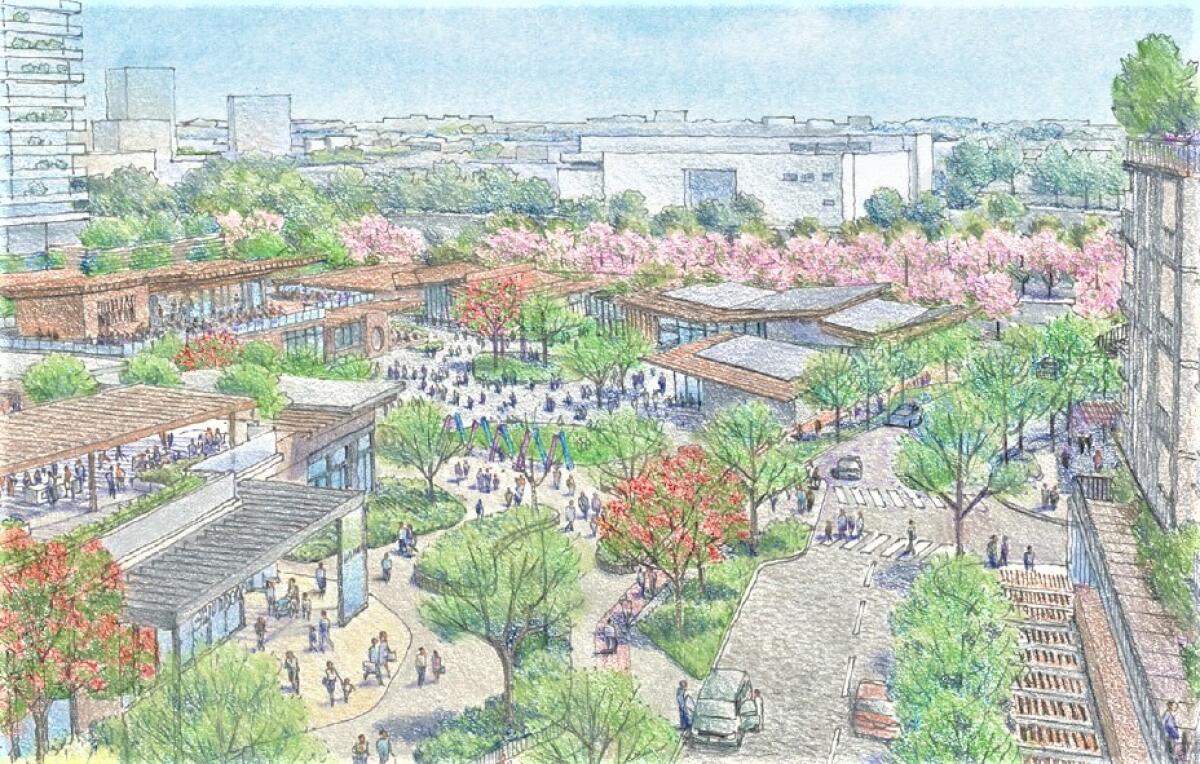
Its 17.2-acre parcel, currently the site of the South Coast Plaza Village shopping center, built in 1973, will provide up to 1,583 residential units set among 3.63 acres of open space as well as up to 300,000 square feet of office space and 80,000 of retail construction that will fulfill a “desire in Orange County for a more urban, active, and vibrant outdoor-oriented environment,” according to the project’s website.
Owned by the Segerstrom family, South Coast Plaza is the listed land owner and project applicant. A spokeswoman for the project declined an interview, given the project is still in the early planning stages, but documents suggest construction would take place in five phases over a 20-year period.
Together, the two developments provide more than the 3,137 units of housing Santa Ana is mandated by the state to plan for by 2029. For cities like Costa Mesa, which must accommodate 11,760 units in the same time period, large-scale projects could provide a path forward.
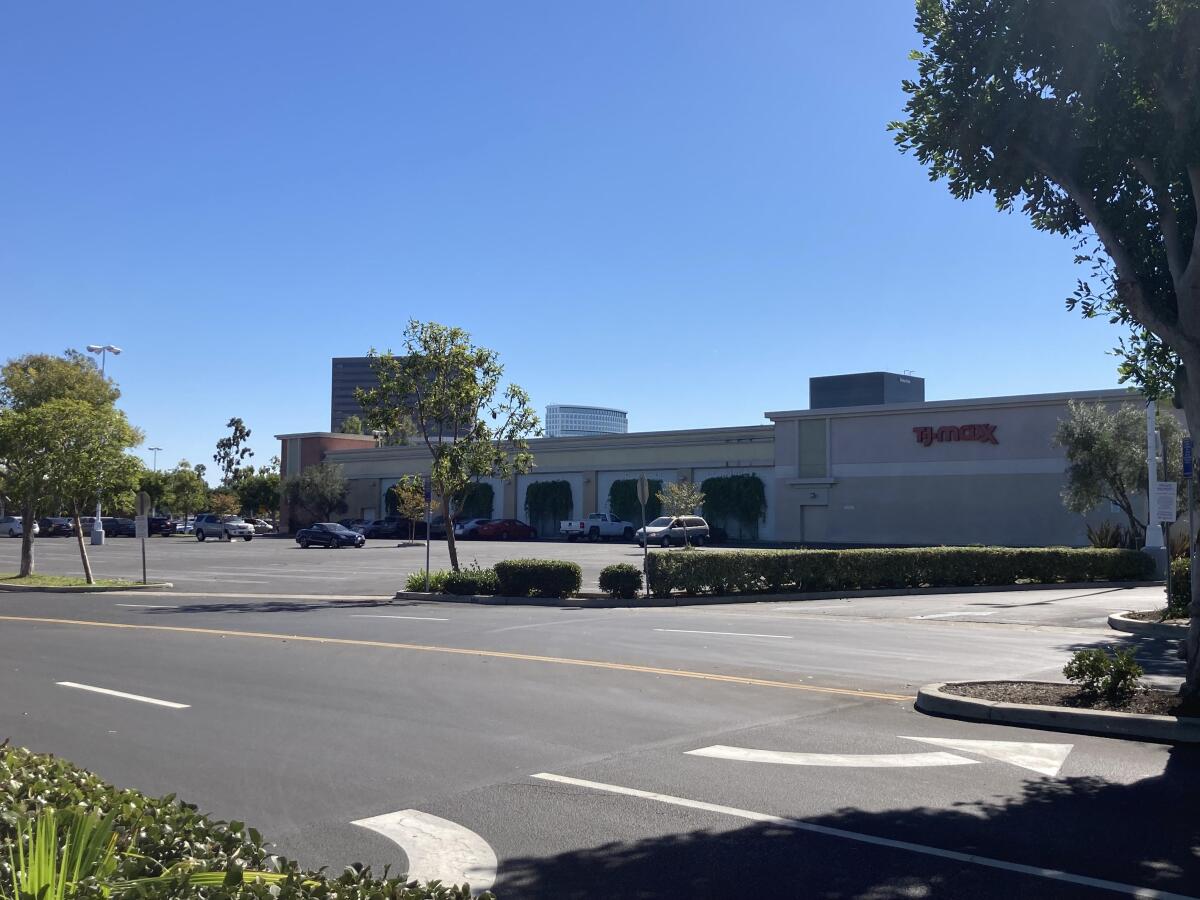
‘A comprehensive solution’
The changing nature of the retail sector and its impact on the future of growth and economic development countywide was the subject of a 2018 study produced by the Orange County Business Council.
“Inside Orange County’s Retail E-volution,” suggested the shift away from brick-and-mortar stores toward online retailers presents an opportunity to redevelop underperforming parcels, which authors estimated account for up to 10% of the county’s 948 square miles, into mixed-use communities that could revitalize an otherwise built-out landscape.
“A continued focus on higher density housing developed near experiential shopping centers may provide a comprehensive solution to the county’s need for housing and the need of commercial property owners and cities to redevelop obsolete properties, so that they remain viable businesses and tax generators,” it surmised.
Jeff Ball, president and chief executive of the council, said providing housing for the county’s workforce is a crucial need that, if not met, will hamstring Orange County’s economic future.
“The good news is the capital is available. The developers and the investors are there,” he said. “It’s a matter of getting this zoning through the cities so we can get to the point where the space is ready to develop — and time is money.”
Ball said Santa Ana was fortunate to have Related Bristol and Village Santa Ana and pointed to neighboring Costa Mesa as a place where opportunities for residential growth are ripe, if city officials can make them happen.
“From a political will standpoint, they have a lot of pressure — nobody wants to see these projects go up in their backyard or wants to see stores go away,” he said. “But if I’m a political leader, I need to be thinking of my community 10 to 15 years out.”
Costa Mesa Mayor John Stephens agrees. He campaigned in 2022 for the city’s Measure K, which gives Costa Mesa more flexibility, like Santa Ana, to rezone certain commercial and industrial corridors to allow for high-density housing. The measure passed with just 22 votes.
“The whole purpose of Measure K was to take underperforming community corridors and, in part, use them for different land uses, particularly housing,” Stephens said Thursday. “We need to do whatever we can through zoning and planning to address that need.”
The Costa Mesa mayor acknowledged that the “American Dream” of home ownership that served the nation for more than 50 years is just that. He believes the community is beginning to wake up.
“When homeowners like me start to understand the housing struggle of generations that are our children and grandchildren, we start to see we should appreciate the different circumstances they have and plan and adjust for that.”
All the latest on Orange County from Orange County.
Get our free TimesOC newsletter.
You may occasionally receive promotional content from the Daily Pilot.




